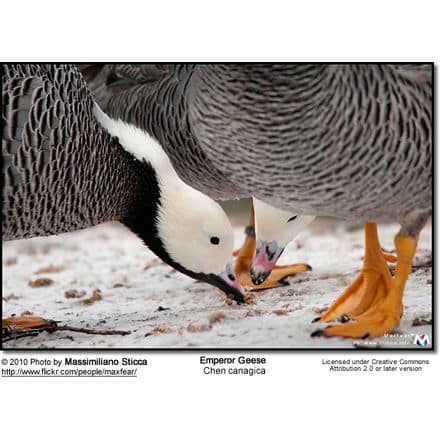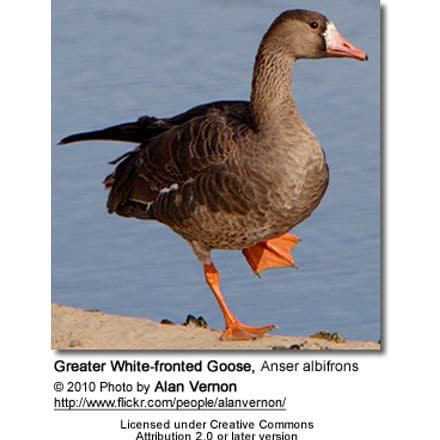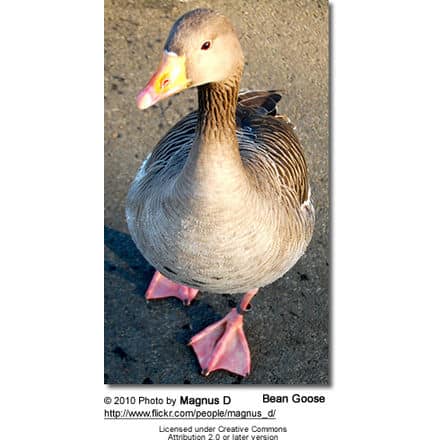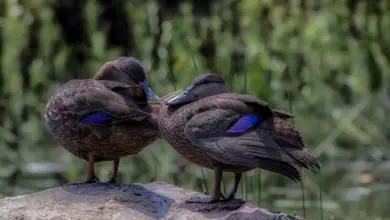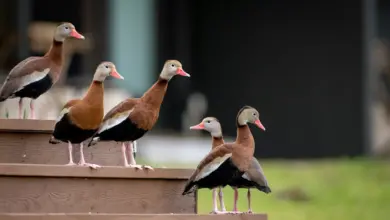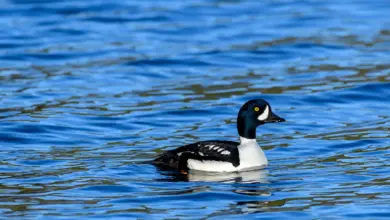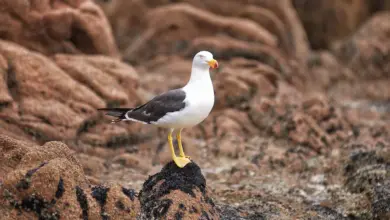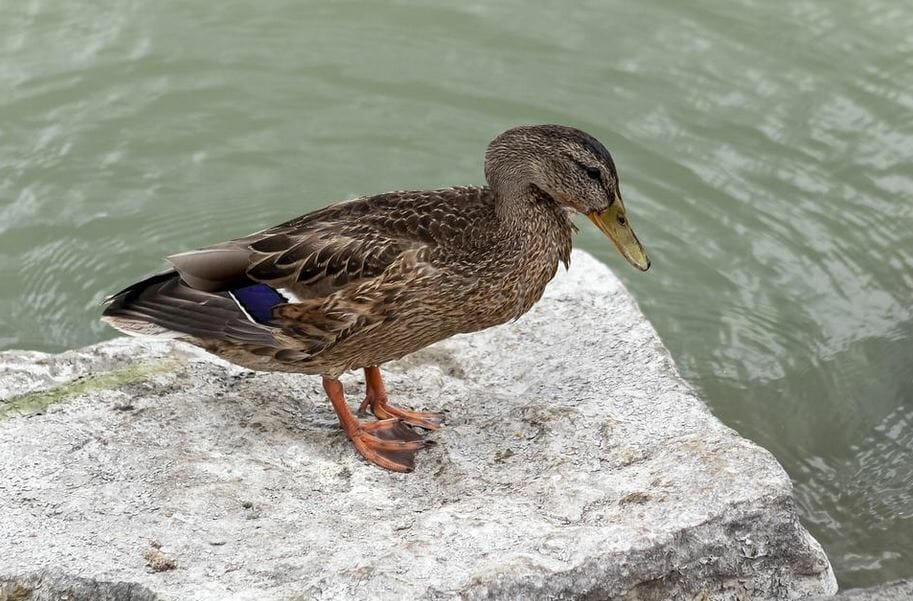Anser (Genus): Grey or Gray Geese
The genus Anser includes all gray geese and some include the white geese in this genus as well.
Description
The largest subspecies is the Greylag Goose – with a weight range of 5.5 – 9 lbs (2.5 – 4.1 kg).
The smallest subspecies is the Ross’s Goose (which is by some placed into the genus “Chen“) — weighs about 2.6 – 3.5 lbs (1.2 – 1.6 kg).
All members of this genus have pink or orange legs and feet; and bills that are either pink, orange or black.
All have white under- and upper-tail coverts (feathers), and several members have some extent of white on their heads.
The plumage is otherwise either grey or white, with black or blackish primary – and sometimes secondary – flight feathers.
The related genus Branta or “black geese” have generally a darker plumage and black legs.
Subspecies and Ranges
Disputed Members of this Genus:
The white geese are sometimes separated as the genus Chen, with one of them being potentially split off in the genus Philacte.
- Anser – Generally referred to as “grey geese“. This is somewhat misleading, as this group also includes white and brown geese. All have pink, orange or yellow bills and legs.
- Western Greylag Geese – Anser anser – Breed in Iceland, Scandinavia and Finland. Winter in the British Isles.
- Eastern Greylag Geese – Anser anser rubrirostris – Breed in South-east Europe, Asia Minor and USSR from the Urals east to Manchuria. Winter in North-west India, Burma and south China
Bean Geese – Anser fabilis – Breed in northern Norway, northern Sweden and northern Finland. Winter in the British Isles, southern Scandinavia, Germany, the Netherlands south to the Mediterranean Sea.- Taiga Bean-Goose Anser fabalis (nominate)Tundra Bean-Goose Anser serrirostris
- Pink-footed Geese– Anser brachyrhyncus – Breed in Spitsbergen, Greenland and Iceland. Winter in Scotland, England, Germany, the Netherlands and Belgium.
- Greater Snow Geese – Anser caerulescens atlanticus – Found in northeastern Canada
- Blue and White Lesser Snow Geese – Anser caerulescens caerulescens – Found in central northern Canada to the Bering Straits area
- Greater White-fronted Geese – Anser albifrons albifrons – Breed in the far north of Europe and Asia, and winters further south and west in Europe.
- Greenland White-fronted Goose Anser (albifrons) flavirostris
- Pacific Greater White-fronted Geese – Anser albifrons frontalis – Occur in the far east of Siberia east to Arctic Canada. Winter in United States and Japan.
- Tule Greater White-fronted Geese – Anser albifrons elgasi – Breed in southwest Alaska. Winter in California, USA.
- Lesser White-fronted Geese – Anser erythropus – Breed in northernmost Asia, rarely breed in Europe. Winter further south in Europe and occasionally Great Britain.
- Bar-headed Geese – Anser indicus – sometimes separated in Eulabeia. Native to Central Asia.
- Swan Goose – Anser cygnoides – – sometimes separated in Chen. Breed in inland Mongolia, northernmost China, and southeastern Russia. Winter in central and eastern China. May visit Japan, Korea, Kazakhstan, Laos, coastal Siberia, Taiwan, Thailand and Uzbekistan.
- Ross’s Geese – Anser rossi – – sometimes separated in Chen. Breed south of Queen Maud Gulf and west of Hudson Bay. Winter in California, Texas and Louisiana, United States.
- Emperor Geese – Anser canagicus – sometimes separated in Chen or Philacte. Breed around the Bering Sea, mostly in Alaska, USA, but also in Kamchatka, Russia. Winter mostly in the Aleutian Islands located in the Northern Pacific Ocean westward from the Alaska Peninsula.

Diet / Feeding:
Geese consume a wide variety of plant material, including grass, roots, shoots, leaves, stems, seedheads and fruits of other herbaceous marsh vegetation, aquatic plants, and agricultural grain and potatoes (particularly in the winter).
Feeding Ducks and Geese …
We all enjoy waterfowl and many of us offer them food to encourage them to come over and stay around – and it works! Who doesn’t like an easy meal!
However, the foods that we traditionally feed them at local ponds are utterly unsuitable for them and are likely to cause health problems down the road. Also, there may be local laws against feeding this species of bird – so it’s best to check on that rather than facing consequences at a later stage.
- Foods that can be fed to Ducks, Geese and Swans to survive cold winters and remain healthy when food is scarce in their environment.
Please note that feeding ducks and geese makes them dependent on humans for food, which can result in starvation and possibly death when those feedings stop. If you decide to feed them, please limit the quantity to make sure that they maintain their natural ability to forage for food themselves – providing, of course, that natural food sources are available.
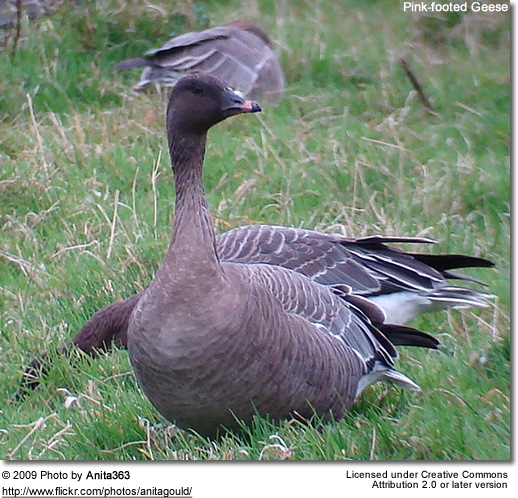
Goose Information / Overview … Photos of the Different Goose Species for Identification … Species Index of Geese
